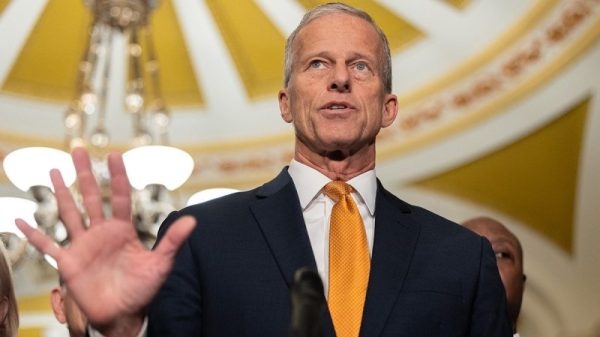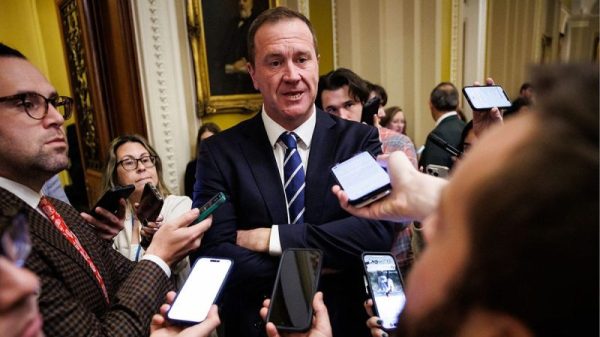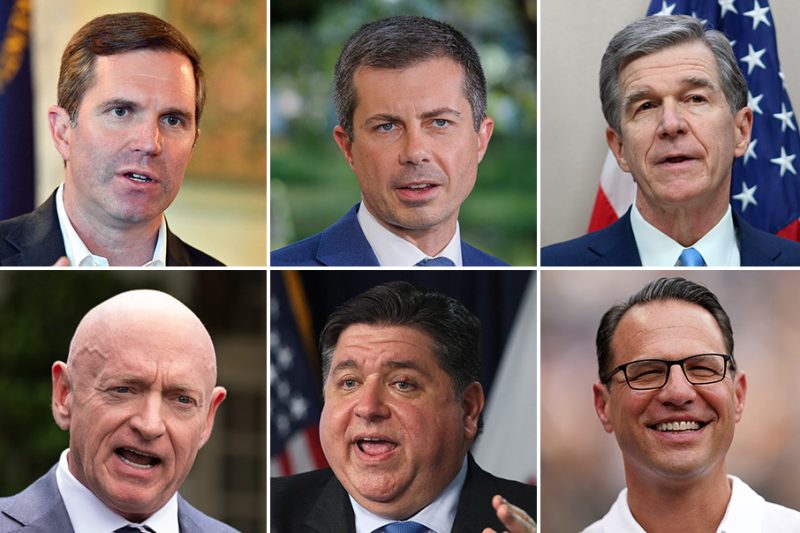The pressure on Kamala Harris to choose a white man as her running mate for the upcoming election has stirred significant debate across political circles. While many may assume that picking a white man may be a strategic move to broaden appeal among certain demographics, the constraints of such an assumption go beyond surface-level analysis. In this article, we will delve into the complexities surrounding the assumptions and expectations placed on Kamala Harris as she navigates the selection of her vice presidential candidate.
Historical context plays a crucial role in understanding the underlying pressure faced by Kamala Harris. The deeply ingrained societal norms and stereotypes that have existed for centuries can subtly influence perceptions and decisions even in contemporary times. The notion that a woman of color like Harris must choose a white man to balance the ticket stems from traditional power structures that have long marginalized minority voices in leadership positions. This expectation reflects a persistent bias that undermines the capabilities and agency of diverse candidates to lead effectively without conforming to established norms.
Furthermore, the assumption that selecting a white man as a running mate would automatically attract a broader voter base overlooks the shifting demographics and changing values of society today. Diversity and inclusivity are increasingly valued as essential components of leadership, and a candidate’s ability to represent and connect with a diverse range of constituents is becoming more important than ever. Harris’s own background and experiences bring a unique perspective that resonates with a wide spectrum of voters, challenging the notion that she needs to conform to a traditional mold to win support.
In addition to the expectations placed on Kamala Harris, there is a broader conversation to be had about representation and diversity in politics. The push for more inclusive leadership extends beyond individual candidates and encompasses the need for systemic change within political institutions. By breaking away from the confines of conventional expectations and embracing a more diverse and representative leadership model, Harris has the opportunity to pave the way for a more inclusive and equitable political landscape.
Ultimately, the decision of who Kamala Harris chooses as her vice presidential candidate should not be based on external pressures or assumptions but on genuine merit, compatibility, and shared values. By selecting a running mate who complements her strengths and vision for the future, Harris can demonstrate true leadership and authenticity that resonates with voters across the spectrum. As the political landscape continues to evolve, challenging outdated norms and embracing diversity will be key in shaping a more inclusive and representative democracy for all.






















